Local c-stores are growing at a faster rate than large out-of-town supermarkets.
Speaking at the Federation of Wholesale Distributors conference this week, Nielsen analyst David Glennon revealed that sales at stores under 3,000 sq ft had grown 5.6% to £28bn in the year to 20 March 2010. Sales at 25,000 sq ft-plus stores on the other hand were up 4.2% while those at 3,000 sq ft to 10,000 sq ft high-street stores were up just 2.3%.
Shopping habits had changed during the recession, to the advantage of the convenience sector, said Glennon, citing data showing just 0.5% growth in c-store sales between 2008 to 2009.
The trend to shop more at local c-stores had continued as the country emerged from the downturn, he added. For the 12 weeks to 20 March, convenience sales were up 2.9% compared with 2.3% for out-of-town stores and 2.1% at high-street stores.
The growth has been driven by c-stores improving their offers in areas they traditionally struggled, he said. Meat, fish & poultry sales were up 15.5% and fresh produce was in double-digit growth at 11.8%, while packaged groceries were up 8.1% and chilled and frozen food had grown 6.7% and 5.4% respectively.
P&H chief executive Chris Etherington, speaking at the conference for the first time, said the outlook remained positive for independents. He praised suppliers, wholesalers and retailers for levels of collaboration "never seen in the sector before".
Innovation and marketing investment from the likes of Cadbury and Walkers had delivered millions of pounds worth of incremental sales into the independent sector, he added. Symbol stores were performing especially well, he said, and even non-affiliated independents were maintaining sales despite a 5% fall in store numbers in recent years.
Today's Group MD Bill Laird described the wholesale and independent sector as having been "very resilient over the past 18 months".
Speaking at the Federation of Wholesale Distributors conference this week, Nielsen analyst David Glennon revealed that sales at stores under 3,000 sq ft had grown 5.6% to £28bn in the year to 20 March 2010. Sales at 25,000 sq ft-plus stores on the other hand were up 4.2% while those at 3,000 sq ft to 10,000 sq ft high-street stores were up just 2.3%.
Shopping habits had changed during the recession, to the advantage of the convenience sector, said Glennon, citing data showing just 0.5% growth in c-store sales between 2008 to 2009.
The trend to shop more at local c-stores had continued as the country emerged from the downturn, he added. For the 12 weeks to 20 March, convenience sales were up 2.9% compared with 2.3% for out-of-town stores and 2.1% at high-street stores.
The growth has been driven by c-stores improving their offers in areas they traditionally struggled, he said. Meat, fish & poultry sales were up 15.5% and fresh produce was in double-digit growth at 11.8%, while packaged groceries were up 8.1% and chilled and frozen food had grown 6.7% and 5.4% respectively.
P&H chief executive Chris Etherington, speaking at the conference for the first time, said the outlook remained positive for independents. He praised suppliers, wholesalers and retailers for levels of collaboration "never seen in the sector before".
Innovation and marketing investment from the likes of Cadbury and Walkers had delivered millions of pounds worth of incremental sales into the independent sector, he added. Symbol stores were performing especially well, he said, and even non-affiliated independents were maintaining sales despite a 5% fall in store numbers in recent years.
Today's Group MD Bill Laird described the wholesale and independent sector as having been "very resilient over the past 18 months".

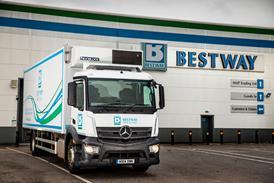
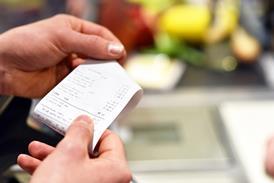
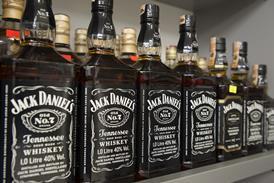
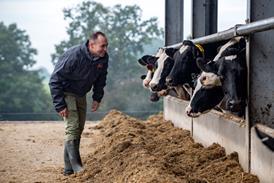
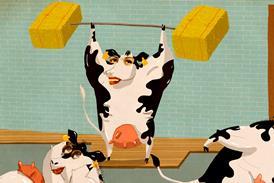



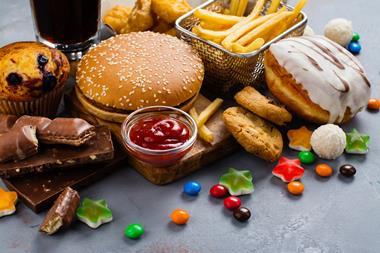




No comments yet